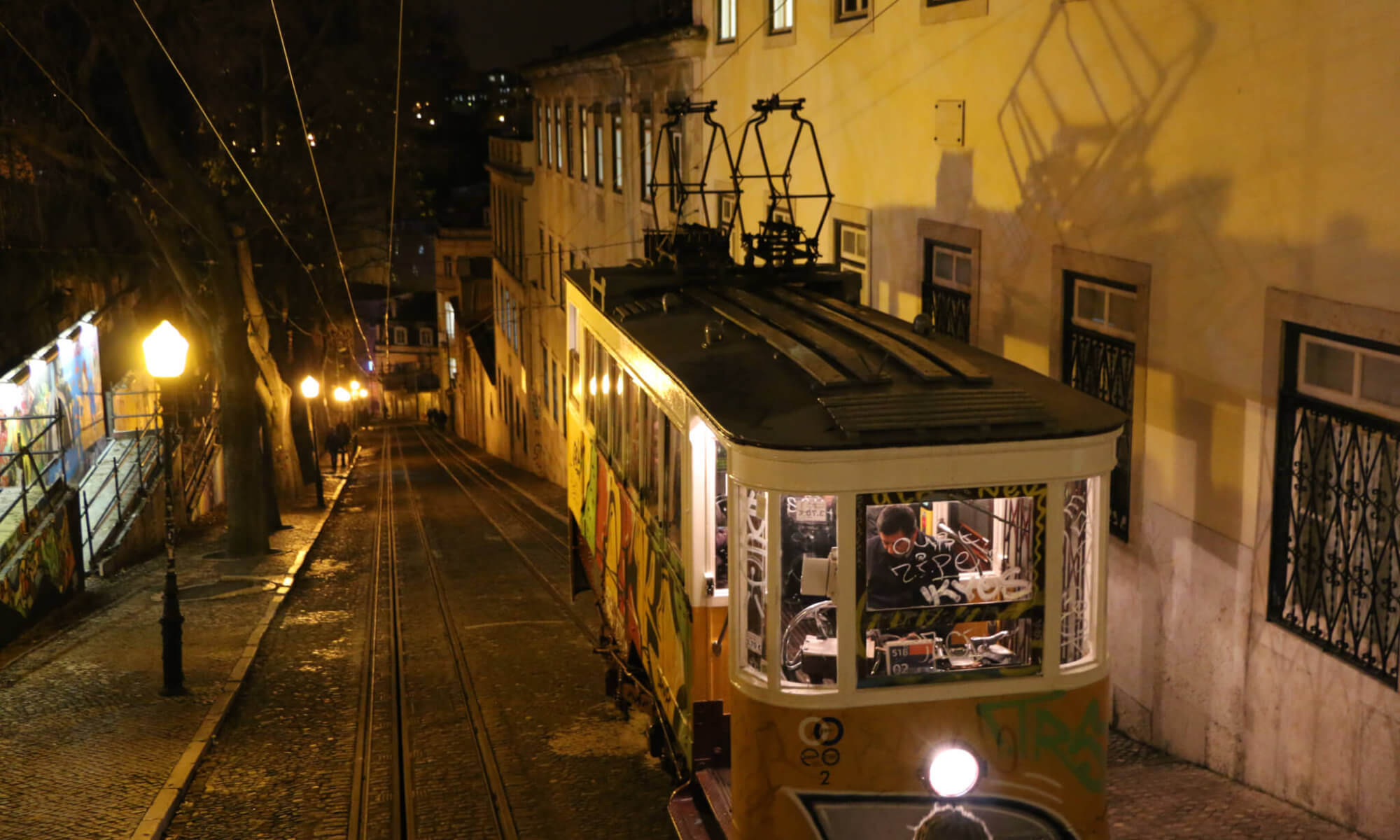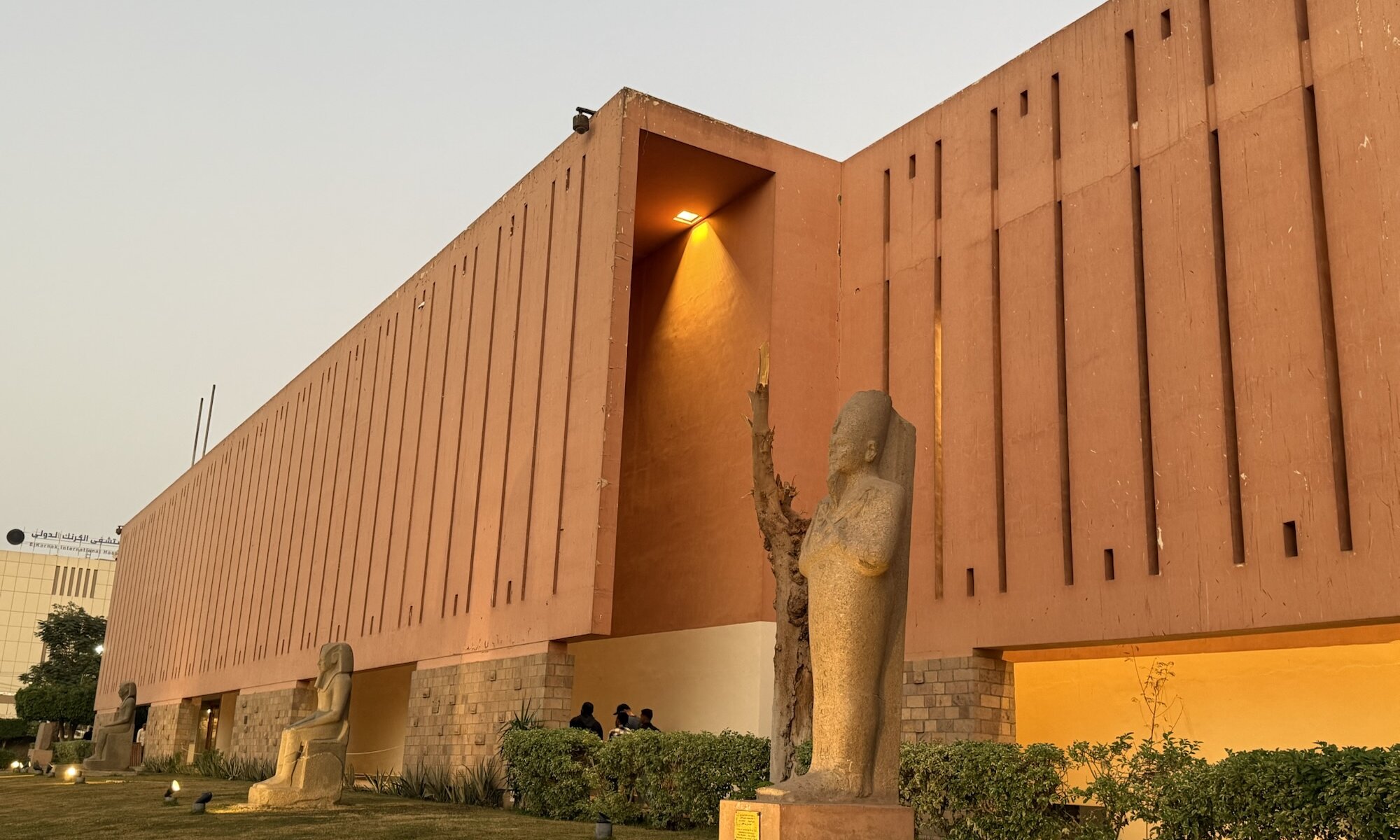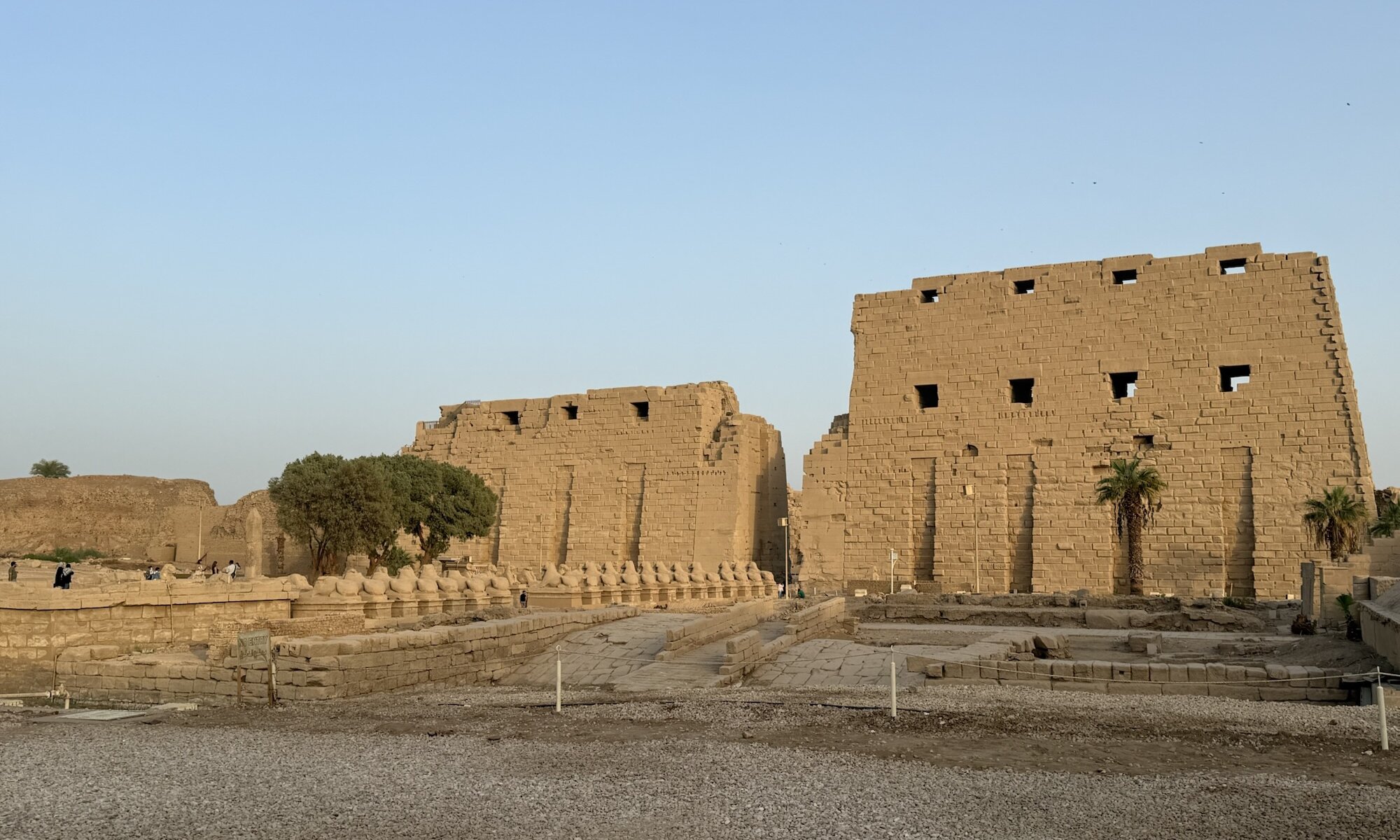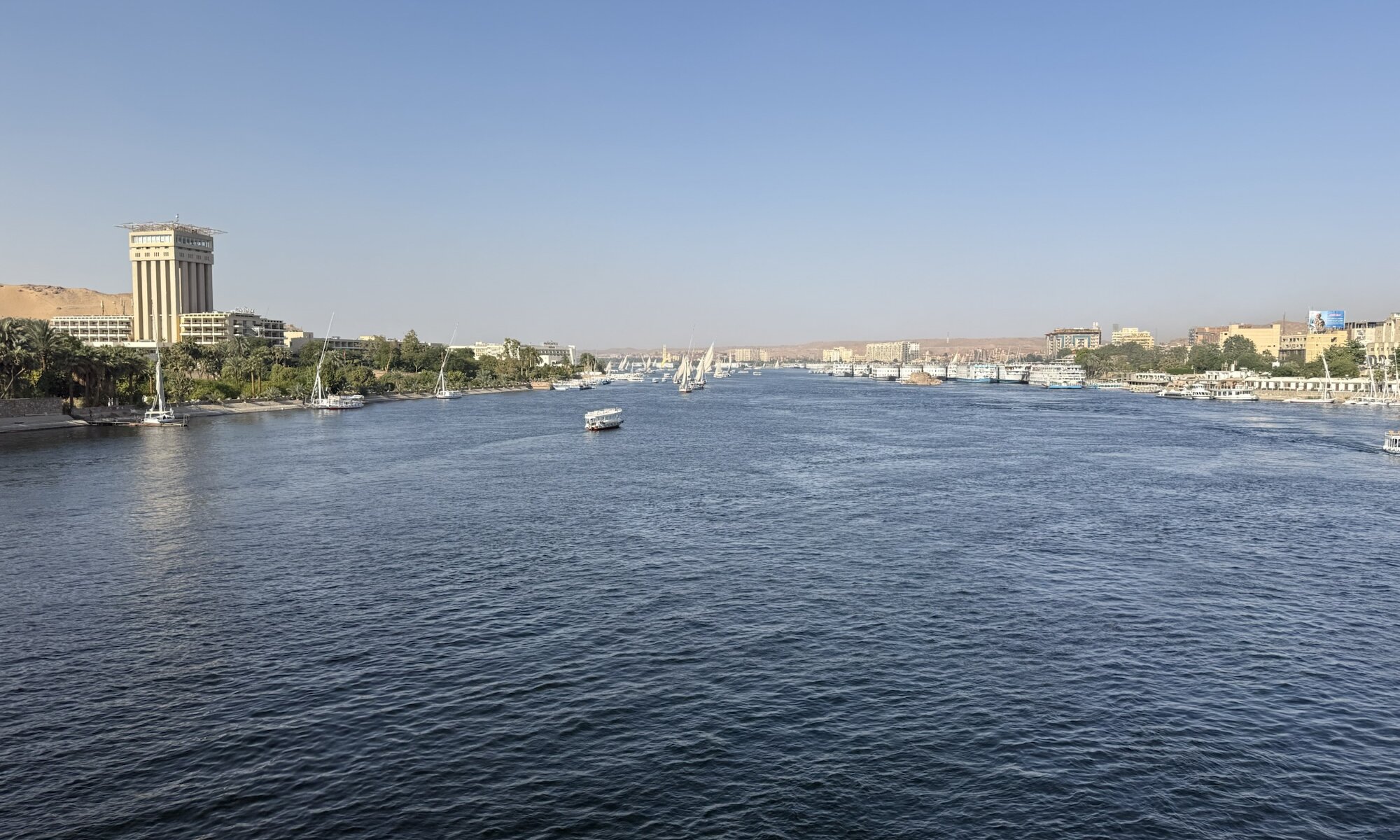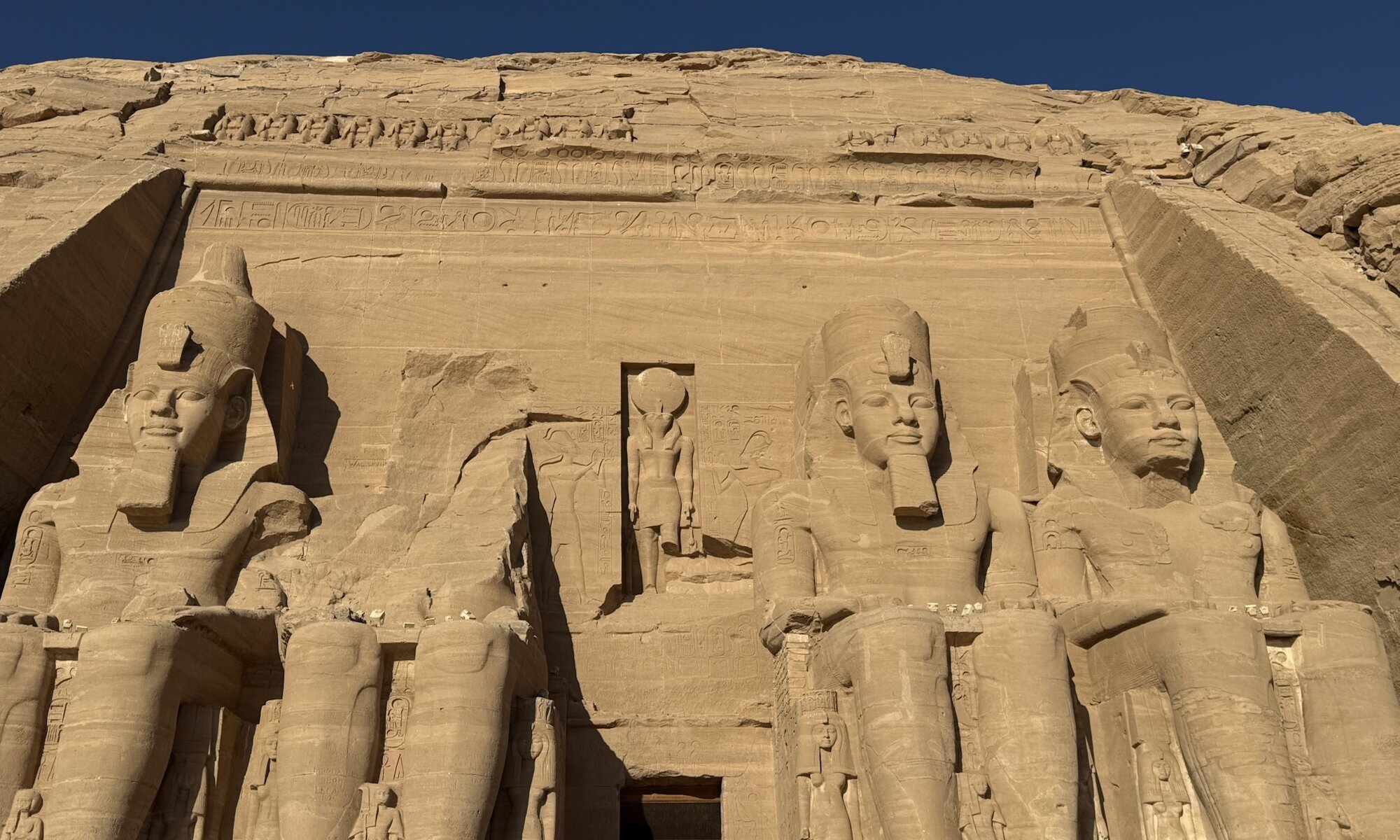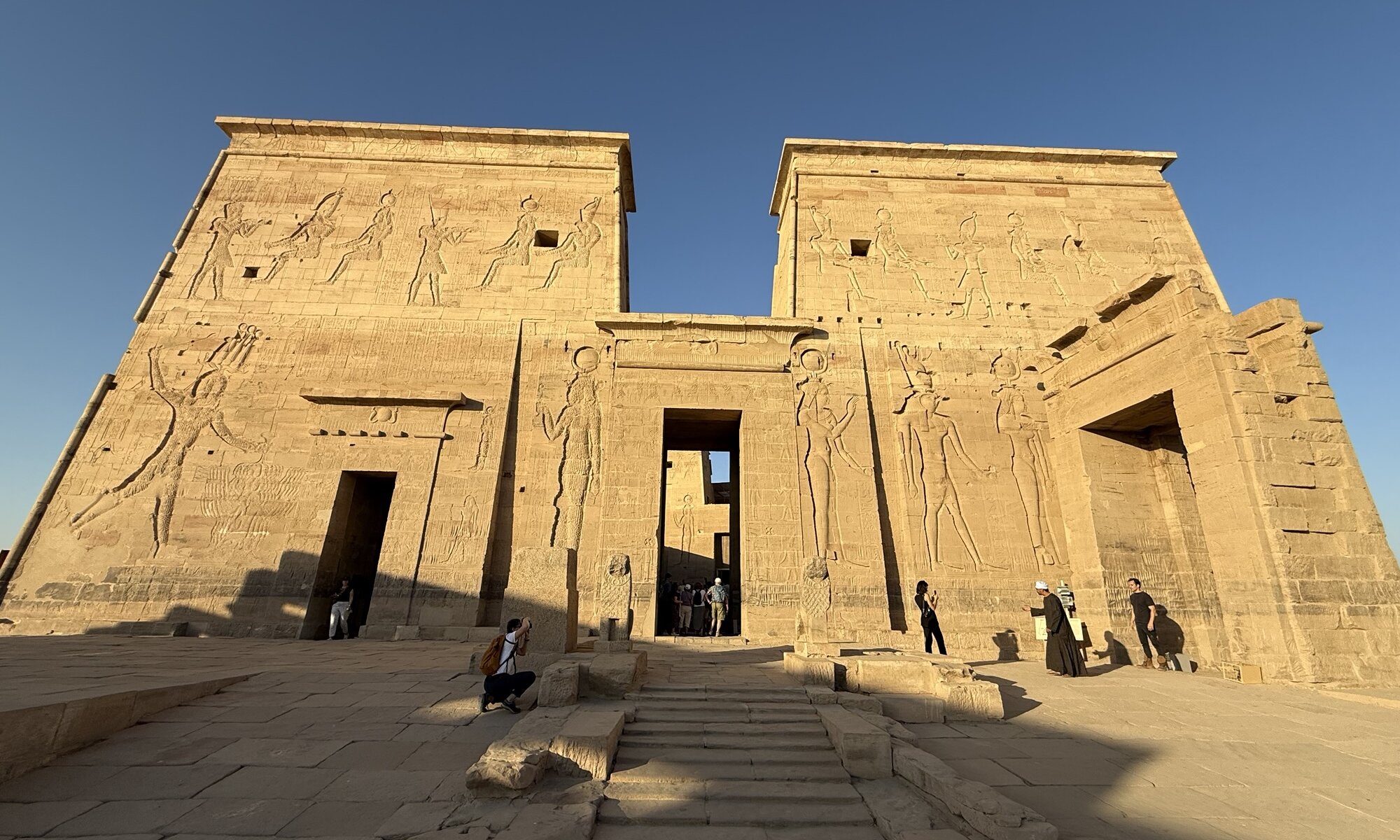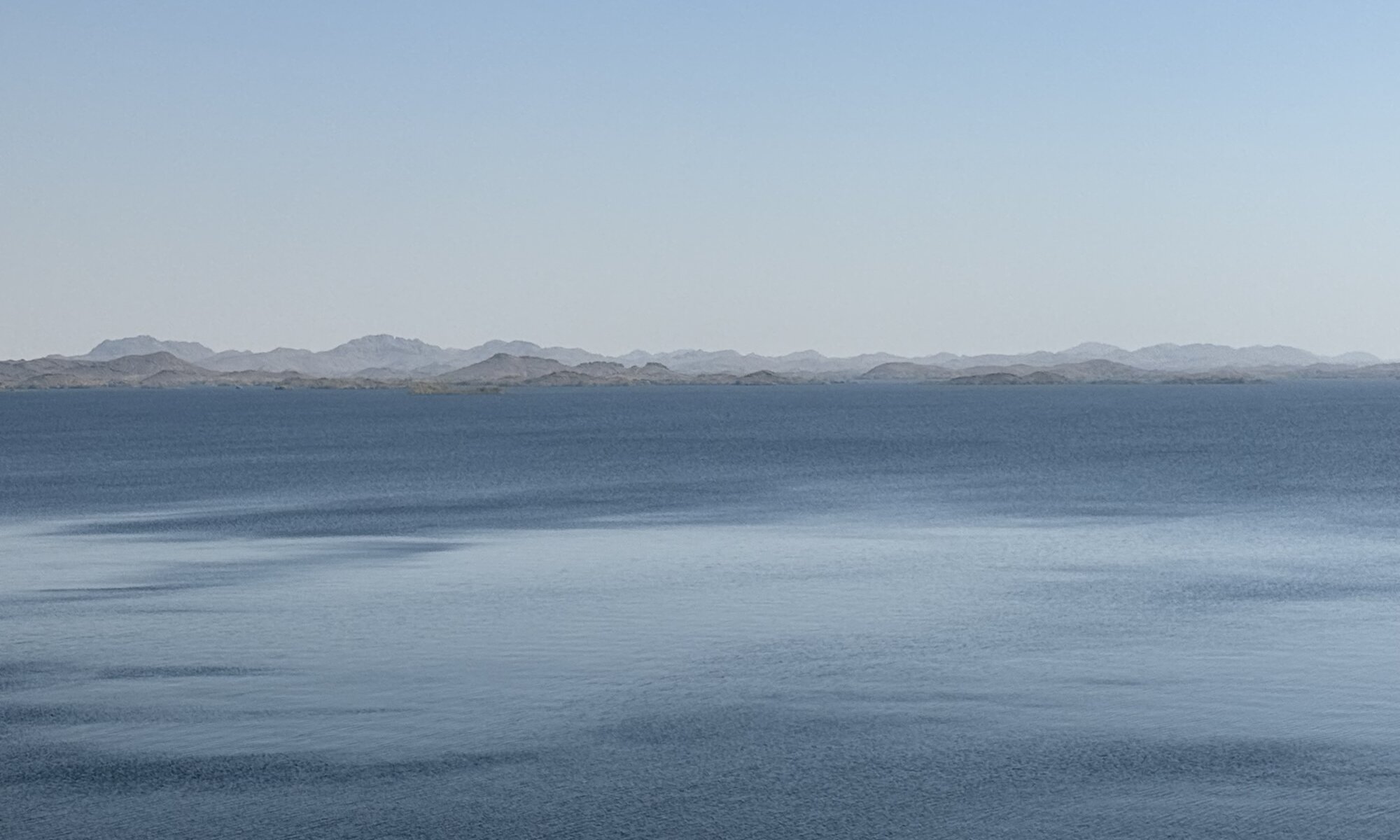The Luxor Museum, located on the Nile’s east bank between Luxor Temple and Karnak, offers one of Egypt’s most refined presentations of ancient artefacts. Unlike the grand and crowded Egyptian Museum in القاهرة, this museum is distinguished by its elegance, intelligent lighting, and uncluttered displays. Its modern architecture, with clean lines and glass cases, creates an almost meditative atmosphere that allows visitors to appreciate each piece in quiet detail. The museum’s two floors are thoughtfully arranged to illustrate the artistic and political development of Thebes, the ancient city that once stood where الأقصر does today.
Continue reading “Mummies”Karnak
The Temple of Karnak, located on the east bank of the Nile in modern-day الأقصر, stands as one of the most extraordinary and extensive religious complexes in the ancient world. Its construction began around 1971 BCE during the reign of Senusret I in the Middle Kingdom and continued for approximately one and a half millennia through the contributions of about thirty successive pharaohs. Originally modest in scale, Karnak expanded to become a sprawling sacred site dedicated predominantly to the god Amun-Re, along with precincts honouring the gods Mut and Montu. This temple was not only a religious centre but a vibrant estate, housing priests and craftsmen who maintained its grandeur, making it a vital hub of worship and royal power in ancient Egypt.
Continue reading “Karnak”Kom Ombo
The Temple of Kom Ombo, situated on the east bank of the Nile in Upper Egypt, dates from the Ptolemaic period between roughly 180 and 47 BCE. It was initiated under Ptolemy VI Philometor and later enhanced by subsequent rulers like Ptolemy XII, with some Roman period additions. This temple is notable for its unusual and deliberate architectural symmetry, as it is dedicated to two distinct gods: Sobek, the crocodile god linked to fertility and the Nile, and Horus (Haroeris), the falcon-headed god of the sky and kingship. Kom Ombo’s dual design reflects this religious duality, incorporating two entrances, courts, hypostyle halls, sanctuaries, and chambers within one complex, making it unique among ancient Egyptian temples.
Continue reading “Kom Ombo”The Nile
The Nile river, often described as the lifeblood of Egypt, has shaped the geography and civilisation of North Africa for thousands of years. Flowing northwards for over 6,600 kilometres through eleven countries, it ultimately reaches the Mediterranean Sea, creating one of the world’s most fertile river deltas. Within Egypt, the river courses through an arid desert landscape, transforming it into a narrow corridor of greenery bordered by vast expanses of sand. This dramatic contrast between desert and life-giving water has determined where people have settled, how they have farmed, and even how their culture has developed.
Continue reading “The Nile”Abu Simbel
The Temple of أبو سمبل, an extraordinary archaeological marvel of ancient Egypt, was commissioned by Pharaoh Ramesses II in the 13th century BCE during the New Kingdom period. Situated in Nubia near the present-day border of Sudan, it was built to demonstrate Ramesses II’s power, solidify his presence in the region, and honour prominent Egyptian deities such as Amun, Ra-Horakhty, and Ptah, as well as the pharaoh himself. The grandiose complex comprises two rock-cut temples: the Great Temple dedicated to Ramesses II and the smaller temple dedicated to his queen, Nefertari, which is notably one of the few Egyptian temples honouring a queen as an equal to the pharaoh. The temple walls vividly depict Ramesses’ military victories, including the famous Battle of Kadesh, marking the site as as much a monument of power as it was one of religious devotion.
Continue reading “Abu Simbel”Temple of Philae
The Temple of Philae stands as one of Egypt’s most enchanting ancient monuments, steeped in myth and history. Dedicated to Isis, the goddess of magic and motherhood, the sanctuary was originally erected on Philae Island near أسوان during the late Pharaonic period under Nectanebo I and expanded during the Ptolemaic era. Its creation flourished especially under Ptolemy II and III, blending Egyptian religious traditions with Hellenistic artistry. When Christianity spread through Egypt, the temple’s role as a pagan sanctuary faded; its halls were converted into churches, marking a poignant transition in Egypt’s spiritual evolution. Yet across centuries, the site preserved the essence of faith and continuity on the Nile’s southern frontier.
Continue reading “Temple of Philae”High Dam
Standing across the Nile river in southern Egypt, the High Dam at أسوان represents one of the most ambitious engineering undertakings of the twentieth century. Completed in 1970 after more than a decade of construction, it replaced the earlier Aswan Low Dam built by the British at the turn of the century. Conceived to control the unpredictable flooding of the Nile, the project required immense coordination between Egypt and the Soviet Union, which supplied both technical expertise and financial support. The result was a vast embankment of rock and clay standing over one hundred metres high and stretching nearly four kilometres across the river valley.
Continue reading “High Dam”Aswan International
Aswan International Airport, situated around 16 kilometres southwest of the city of أسوان in southern Egypt, serves as the principal gateway to the region’s historical and natural attractions. Originally developed in the mid-20th century to support regional travel and tourism connected to the nearby Aswan High Dam project, the airport became a crucial transport hub during Egypt’s ambitious infrastructure expansion of the 1960s. Its establishment coincided with increased interest from foreign engineers, government officials, and visitors involved in monumental development works along the Nile.
Continue reading “Aswan International”Antiquities
The Greco-Roman Museum in الإسكندرية stands as a prominent cultural landmark devoted to preserving and presenting the rich heritage of Egypt during the Greek and Roman periods. Its origins date back to the late 19th century, when the Italian scholar Giuseppe Botti began efforts in 1889 to protect الإسكندرية’s antiquities from neglect and destruction. Officially established in 1892 and initially housed in a modest rented building, the museum soon required a larger home, leading to the construction of its neoclassical building inaugurated in 1895. This elegant structure, with its grand six-column façade and historical architectural significance, reflects the cultural revival and archaeological enthusiasm that blossomed around الإسكندرية at that time.
Continue reading “Antiquities”Montazah
Montazah Palace, located in الإسكندرية, Egypt, is an impressive historical complex that originally started with the Salamlek Palace. This palace was built in 1892 by Khedive Abbas II, the last ruler of the Muhammad Ali Dynasty to hold the title of Khedive over Egypt and Sudan. Initially, it served as a hunting lodge and residence for his companion, set on a low plateau overlooking the Mediterranean Sea. Later, in 1932, King Fuad I added the larger El-Haramlek Palace and the extensive royal gardens, creating a summer residence with a unique architectural blend of Ottoman and Florentine styles, featuring two towers with one particularly decorated in Italian Renaissance design.
Continue reading “Montazah”